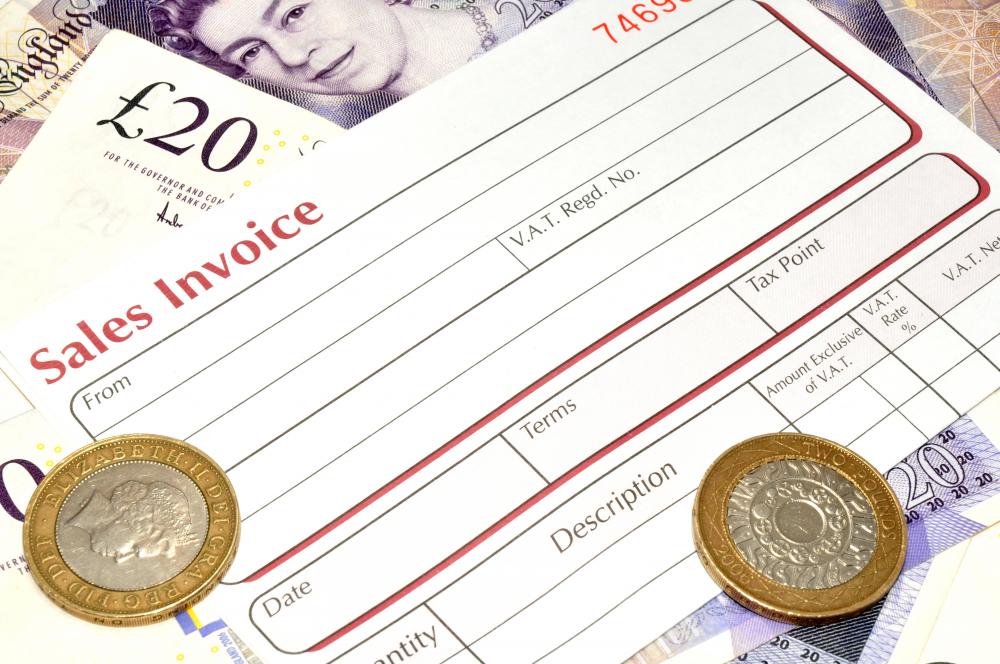At SmartCapitalMind, we're committed to delivering accurate, trustworthy information. Our expert-authored content is rigorously fact-checked and sourced from credible authorities. Discover how we uphold the highest standards in providing you with reliable knowledge.
What Is a Value Added Tax?
A value added tax (VAT) is a type of consumption tax which is levied on goods and services at each level of production. The way in which value added taxes work is a little bit complex, but it is designed to distribute the tax burden, and it can be used to generate high tax revenues without impacting one particular group of individuals more than others. In practice, nations with a VAT tend to tax the poor proportionately more than others, which has been a topic of criticism from some concerned organizations and individuals.
The way in which a value added tax works is that at each stage of the process from construction of an item to sale to a final consumer, the product is taxed, and the tax owed equals a percentage of the value, minus the taxes paid by previous people in the chain. In a simple example, a clothing manufacturer could buy cotton fabric for $100 United States Dollars (USD) a bale, and pay a 10% tax of $10 USD on each bale. When the manufacturer sold the dyed cotton to a retailer for $130 USD a bale, the tax liability would be $12 USD, but since $10 USD had already been paid by the manufacturer, the retailer would pay $2 USD under a VAT scheme. A consumer who bought a bale of the cotton for $200 USD would have a tax liability of $20 USD, minus the $12 USD in taxes already paid, which would work out to $8 USD in taxes due.

Under a value added tax system, every time value is added to a product, it is taxed. Although the example above was given in United States Dollars, VAT is actually much more common in the European Union (EU). It was first introduced in France in 1954, and later adopted by a number of other EU nations. Today, VAT represents a substantial chunk of tax revenue for many EU governments, and it is sometimes a bone of contention, as some people resist consumption taxes because they can have a penalizing effect on some consumers.
The amount of a value added tax can vary considerably, with some rates being below 10%, while others are almost 30%. Visitors to nations with a value added tax system can often obtain a refund on the VAT they pay for products they are taking out of the country, although this does require some filing of paperwork and discussion with customs officials. Some businesses are also entitled to VAT refunds, in systems which vary from nation to nation.
The use of a goods and services tax (GST), as value added taxes are sometimes known, is also designed to discourage the market for illegal goods such as forged and smuggled products. In regions where a high sales tax is levied, the market for illegal products which allow people to avoid paying the sales tax can be large, while VAT taxes tend to discourage this behavior.
AS FEATURED ON:
AS FEATURED ON:











Discuss this Article
Post your comments